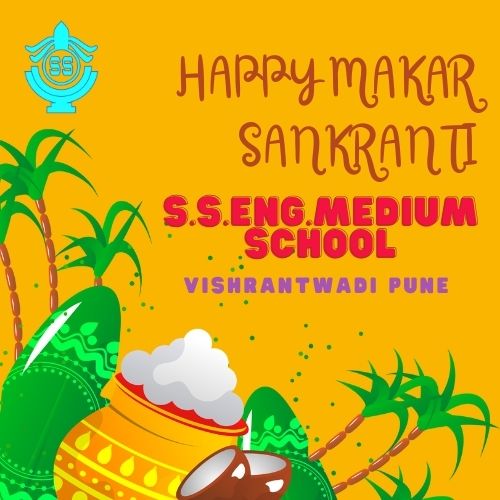
India is a land of diverse cultures and festivals, each with its unique significance and traditions. One such vibrant and joyous festival is Makar Sankranti, celebrated across the country with much enthusiasm. This festival marks the transition of the sun into the zodiac sign of Capricorn (Makara), and it usually falls on the 14th or 15th of January.
Harvest Festival:
Makar Sankranti is primarily a harvest festival, signifying the end of the winter solstice and the onset of longer days. The festival celebrates the abundance of the harvest season and the arrival of warmer days, bringing a sense of joy and prosperity to the farmers.
Sun Worship:
The festival is deeply rooted in the worship of the sun god, Surya. Devotees take holy dips in rivers, especially the Ganges, to cleanse their sins and offer prayers to the sun. Flying kites is also a common tradition during this time, symbolizing the transition of the sun into the northern hemisphere.
Diverse Celebrations:
Makar Sankranti is celebrated with various names and customs in different regions of India. In the state of Gujarat, it’s known as Uttarayan, marked by the International Kite Festival where the sky is adorned with colorful kites. In Tamil Nadu, it is called Pongal, and special dishes made of newly harvested crops are prepared.
Sweet Delicacies:
Sweets hold a special place in Indian festivals, and Makar Sankranti is no exception. People exchange traditional sweets like til ladoos (sesame seed sweets) and gur (jaggery) to spread sweetness and good wishes.
Cultural Significance:
The festival holds cultural significance as well. It is a time for family and friends to come together, exchange gifts, and express gratitude for the bountiful harvest. The warmth and joy of Makar Sankranti reflect the cultural diversity and unity of the country.
Environmental Awareness:
In recent years, there has been a growing emphasis on celebrating Makar Sankranti with environmental consciousness. People are encouraged to use eco-friendly materials for kites and avoid releasing balloons, promoting a sustainable and responsible celebration.
Conclusion:
Makar Sankranti is more than just a festival; it is a celebration of nature, agriculture, and the bond between communities. The traditions and customs associated with this festival not only reflect the rich cultural heritage of India but also convey a deep respect for the environment. As families come together to share joy, food, and festivities, Makar Sankranti continues to be a symbol of unity and gratitude for the abundance of nature.
This Makar Sankranti, let’s embrace the warmth of the sun, the richness of the harvest, and the joy of togetherness. Happy Makar Sankranti!

